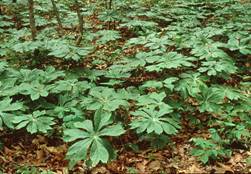Facts:
erosion: the process of eroding or being eroded by wind, water, or other natural agents.
Drip tip: an elongated leaf tip from which excess water drips off.
epiphytes: a plant that grows on another using it as a physical support, but not obtaining nutrients from it.
shallow root system: the roots of a strong tree which reach deep down to the soil and collect all the nutrients.
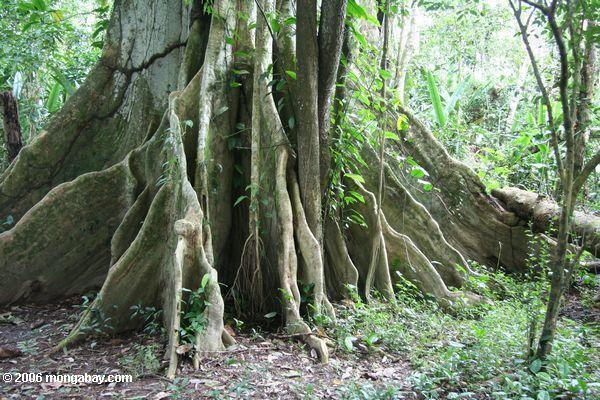
vines: a climbing or trailing woody-stemmed plant from the grape family.
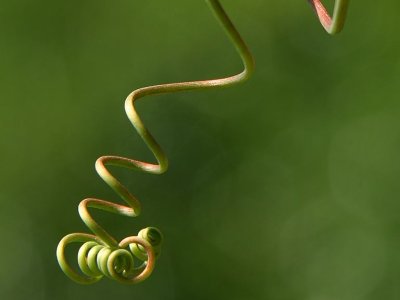
lianas: a woody climbing plant that hangs from trees.
Emergent layer: Emergents the tallest trees in the rainforest that grow as high as 200 feet above the forest floor with trunks that measure up to 16 feet. The Emergent layer is the highest layer. These trees are exposed to the sun and rainfall. The Emergents have an advantage of air movement because above the canopy by developing winged seeds or fruits that are to drop down to other parts of the forest
Canopy layer: In the Canopy layer there are leafy tree tops that form a roof over the layers below here. It's a maze of leaves and branches. Most canopy trees are smooth with oval leaves that come to a point. A possible explanation for this adaptation is that they shed rain really quickly.
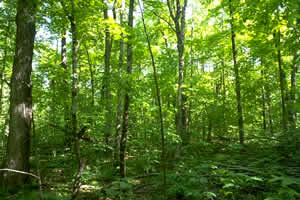
Understory: The Understory layer only gets 2-5% of sunlight. This limited light encourages the plants to devise unique ways to survive like the solar collecting dark green leaves. The plants that have the ability to survive are dwarf palms and more. These plants grow more than 12 feet. The Understory have a more difficult time with pollination because there is hardly any wind here. Some animals that live here are snakes, frogs, parakeets, and a lot of insects.
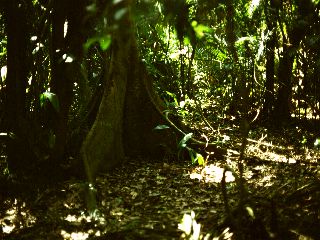
Forest Floor: Almost no plants grow in this part of the forest because of 0-2% light and 100% humidity. The few flowering plants that live here tolerate deep shade. The floor of this part of the forest is covered with litter of rapidly decomposing vegetation. Animals that live here are large mammals, insects and fungi. In the forest floor its very hard to find the nutrients for a plant. That is why that the roots are very shallow in this part of the forest.
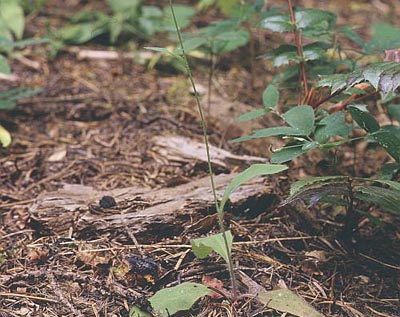
water system: a system of connected rivers and streams that lead water down in to the ocean, also a river with all its tributaries.
flowering plants: a plant that produces flowers and fruits.
non-flowering plant: produce spores instead of seed
